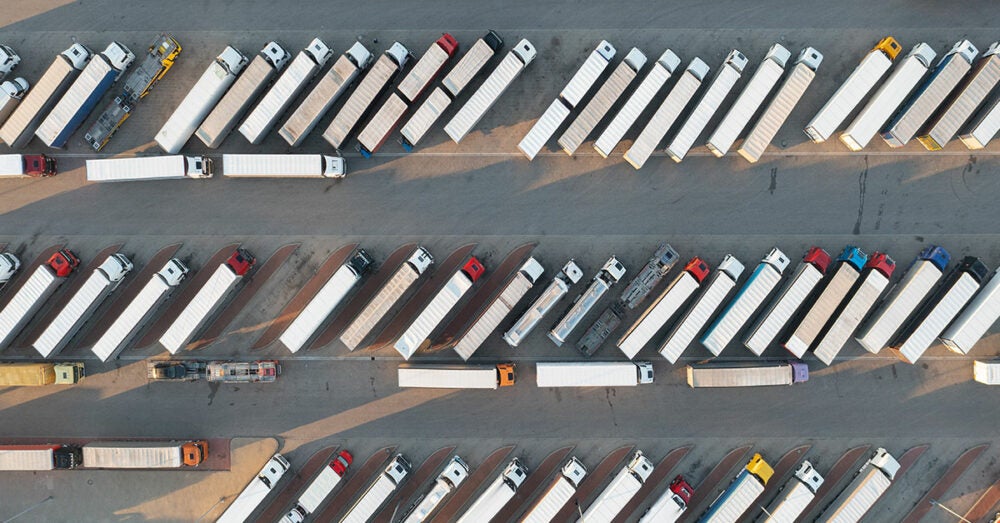If you’re a shipper that hires a third-party logistics (3PL) company or works directly with a carrier to get your freight from California to North Carolina, there’s always someone behind the scenes working to put the pieces together.
Whether you’re working with a 3PL or carrier, logistics analysts work to get you the best price for your shipments. Many analysts get a lot of questions about the different choices and methods for shipping specific loads.
In this article, we’ll break down the most common categories of truck shipments:
- LTL: Less than truckload
- FTL: Full Truckload
- Partial truckload
- Volume LTL
Less than truckload
Depending on the carrier and your contract, loads typically take up less than 17.9 feet. You can fit about eight full pallets into that space with a weight of about 12,000 pounds or less. The standard size pallet is 48 x 48 inches. Many of these factors contribute to your freight class and come together to determine LTL rates which will impact the cost of shipments. Learn how freight class plays a critical role.
Partial truckload
Partial truckloads and high-volume shipping quotes are used to move your goods when a load is bigger than less-than-truckload limitations and doesn’t take up as much space as required for full truckload shipping.
For example, if you’re going to ship more than eight pallets of goods, then your 3PL will either obtain a volume quote from an LTL carrier or go out to the open market and book a partial truck. Typically, a load that is 12,000 pounds (or over) and more than 750 cubic feet needs a volume quote. The volume LTL quote is required because the loads exceed load size contractual limitations most 3PLs and companies have with LTL carriers.
Volume LTL
In some circumstances, you may have to ship using a volume less-than-truckload quote — like if the load exceeds 18 feet, or it’s as large as nine pallets and weighs only 2,000 pounds. If you ship a load similar to this via LTL, you could absorb penalties because the load would be outside the scope of most contracts.
Volume quotes can be cheaper than shipping less-than-truckload , but the shipment can take longer to reach its destination.
Dedicated and partial truckload shipping
Sometimes you have to go to the open market to find a dedicated truck to transport a full or dedicated load. For instance, you can either pay for — let’s say — half a truck or the entire truck. There typically are no contracts with these carriers, which a lot of times are owner/operators on one end of a continuum, and huge companies, on the other end.
When negotiating partial and full truckload shipments, you are always negotiating at the time of shipment and those rates fluctuate, sometimes by the hour. External factors that drive freight shipping prices include seasons (harvest, back-to-school, for example), truck location, route or lane, availability and operating costs.
In some parts of the United States — California and Florida, for instance — there are busy times of the year when partial and FTL shipping can be very expensive to move freight.
When you need your freight shipment there yesterday
The faster you need the item shipped, the more it will cost. Your freight shipping options are to pay for a dedicated truck regardless of the size of the load or hire a less-than-truckload carrier and pay a premium for guaranteed transit time. You also have the option of specifying team drivers for a load. You will pay a premium for team drivers, but it’s a great solution when you need it there yesterday.
GlobalTranz: Your Complete Freight Shipping Partner
As a shipper, you have access to an enormous number of logistics solutions and services to help you face today’s shipping challenges. And you don’t have to do it alone. GlobalTranz offers a quality carrier network, a leading transportation management system delivering data-driven insights, and a team of industry experts available around the clock for support. Connect with one of our experts to improve your shipping processes so your company can save money and increase efficiency!

